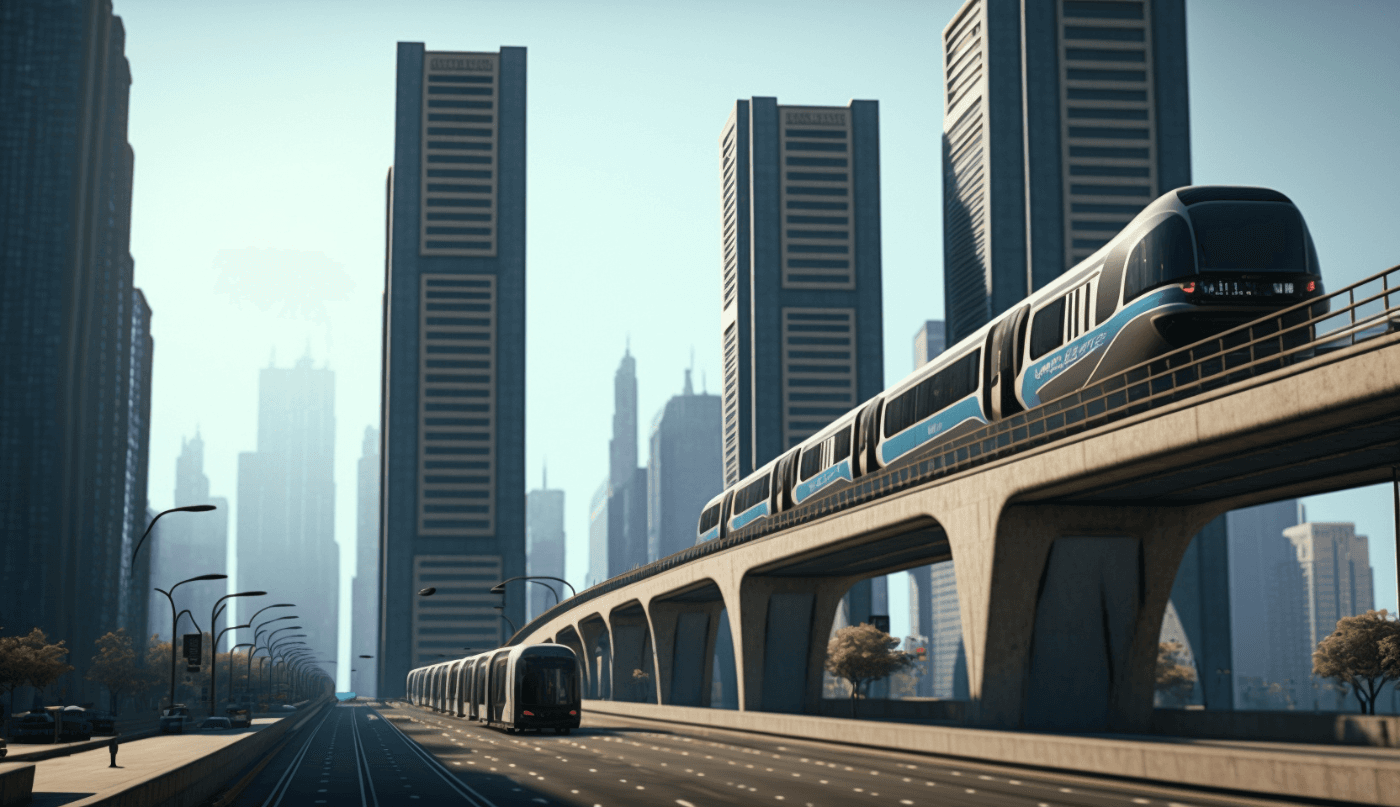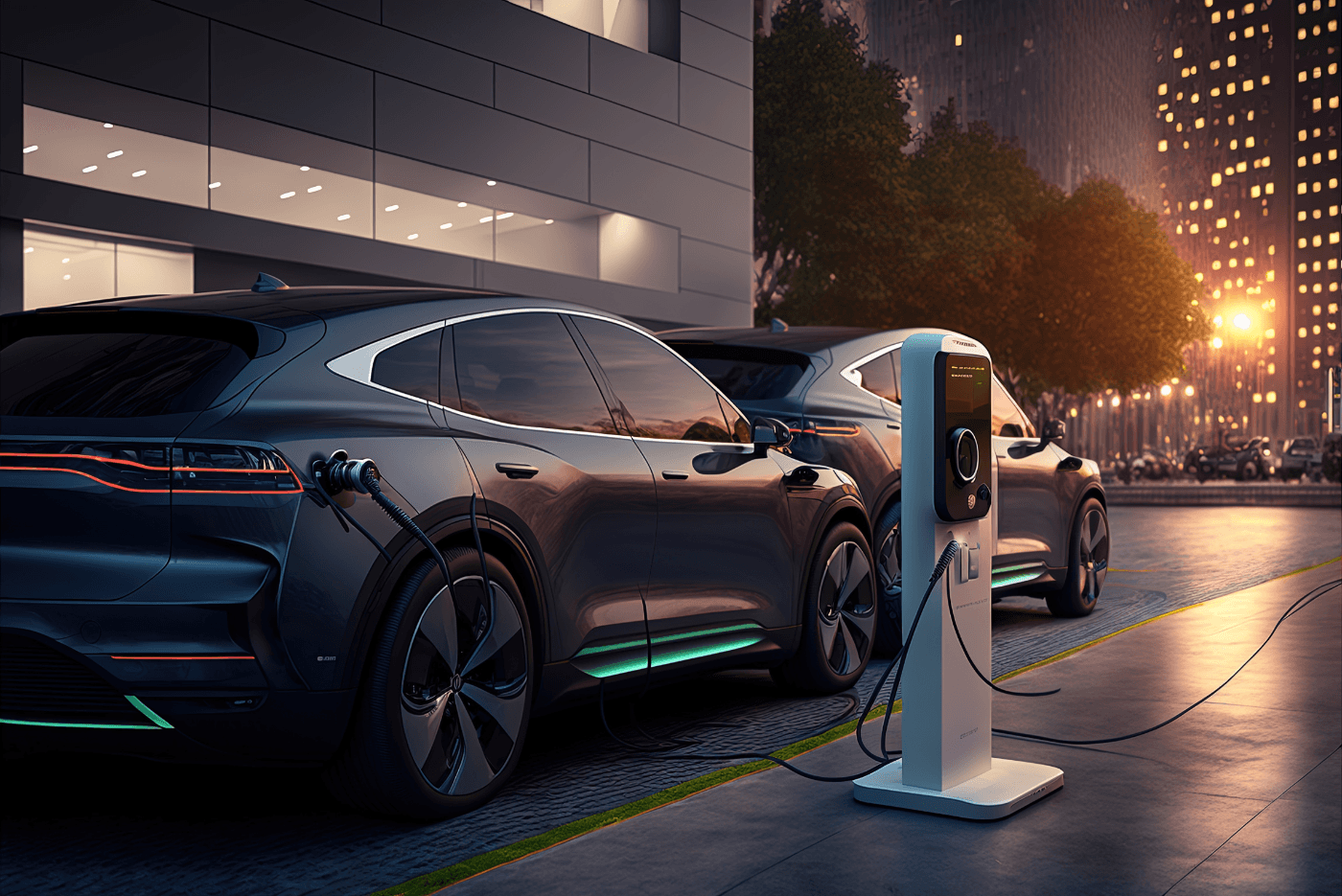
Sustainability
Shenzhen – The city of green future
The development of sustainable technologies is a global issue. IAA MOBILITY 2023 will once again feature many innovative companies working in the field of sustainable mobility.
The Chinese city of Shenzhen is a prime instance of the development from a rural region to a leading city in the field of electric mobility. As one of China's first special economic zones and one of the country's seven megacities, Shenzhen has an enormous economic and cultural impact. The title "Silicon Valley of China" once again highlights Shenzhen's importance in China's high-tech industry.
According to the PWC Group's "Report on the Transport Analysis of China's Main Cities in 2020", Shenzhen is leading Chinese megacities in terms of public transport satisfaction. This underscores the efficiency and dependability of the city's transit system. Since 2017, Shenzhen has relied entirely on electric buses for public transportation. The following year, more than 20,000 taxis, ride-hailing services and ambulances were converted to electric propulsion. Consequently, Shenzhen is the first city in the world to have all-electric public transportation.

China's Road to Sustainable Mobility: The "Ten Cities, One Thousand Buses" Project
In the face of increasing climate extremes, many governments are asking how to reconcile urban development, climate protection, and energy security. In 2009, China launched the "Ten Cities, One Thousand Buses" project with the aim of gradually increasing the use of vehicles that can run on renewable energy through the provision of annual subsidies for the introduction of 1,000 electric buses in ten cities. Shenzhen is one of the first cities, selected to join other major cities, such as Beijing and Shanghai, on the road to sustainable mobility. In 2018, electric buses were introduced to meet the requirements and unified specifications for use, and well over 1,800 charging stations were installed across the city. BYD, a world-renowned electric vehicle manufacturer based in Shenzhen, was selected as the supplier of the electric buses, and charging equipment. With approximately 16,000 electric buses, Shenzhen is the first city in China that replaced all diesel buses with electric buses. Shortly thereafter, taxis and other ride services were as well converted to electric drives. At IAA MOBILITY 2023 in Munich, BYD will be exhibiting and presenting its innovative technologies in the field of battery and vehicle development.

SkyRail and the future of sustainable infrastructure
Electric mobility is now well established in Shenzhen. In total, there are more than 5,000 charging stations and over 80,000 charging hubs. These cover a wide range of charging capacities and vehicle requirements. The first SkyRail in Shenzhen, the "Pingshan Cloud Bus Line 1", was officially launched at the end of December 2022. It is a driverless magnetic levitation train powered by renewable energy. Along the 5.3-miles route, featuring 11 stations, SkyRail reaches a top speed of 50 mph and can accommodate approximately 3,000 passengers per hour. It passes through Shenzhen's main industrial and business districts, as well as art and cultural centers. Moreover, SkyRail seamlessly integrates with other public transit and long-distance services, ensuring exceptional system connectivity. The train employs a variety of cutting-edge technologies, and notably, it occupies no additional ground space. This efficient utilization of the city's vertical space enhances the urban infrastructure within densely populated areas.
By the end of 2021, Shenzhen boasted 20,000 electric buses, 24,000 electric taxis, and over 60,000 privately owned electric vehicles. In fact, electric vehicles made up 25 percent of the total private vehicles, with more than 250,000 on the roads. This number is projected to soar to 750,000 by 2025. Nonetheless, accompanying this impressive growth are challenges related to enhancing sustainable energy supplies and storage technologies, recycling used batteries, ensuring the reliability of charging infrastructure, and effectively integrating the widespread power grid.

Shenzhen's road to becoming the world's leading e-mobility city
For the sustainable development of E-Mobility City, the Shenzhen city government has already set the following goals: By 2025, the proportion of renewable energy driven vehicles among newly registered vehicles in the city should reach 60%, with a total fleet of about 1 million. The cumulative number of HPC charging stations in the public and special networks should be around 43,000, and the amount of regular charging stations in the basic network should be 790,000. The charging infrastructure should be further expanded and standardized, with an average radius of less than 0.6 miles within the city. The intercity highway infrastructure will be integrated to create a functional, stable, intelligent, and safe system for electric vehicles. Indeed, Shenzhen has held the title for the city with the most registered electric vehicles for six consecutive years since 2014, making its continued success in this arena quite foreseeable. Transforming from a rural region to a world-class city, Shenzhen's electric mobility achievements are unparalleled. The city's ability to capitalize on its strategic location and incentives, coupled with its responsiveness to market demands and robust R&D capabilities, have allowed it to consistently establish new industries while maintaining steady growth. BYD has applied for 38,000 patents worldwide and has been granted 26,000. The company has produced more than 65,000 electric buses and 600,000 electric cars worldwide. In the fall of 2022, three electric cars were launched in Germany, France, and the Netherlands, officially entering the European market. According to a report by the International Energy Agency (IEA) and international analyst firm IDC, electric vehicles' global market penetration is projected to hit 18% by 2025 and 35% by 2030. This rapidly growing sector has the potential to outpace the $900 billion smartphone market. Electric vehicles have become an irresistible trend, garnering significant interest from investors. Alongside BYD, numerous Chinese brands like NIO and MG have joined the e-mobility movement. Shenzhen-based IT powerhouses such as Tencent and Huawei have also invested in the development of electric vehicles and intelligent software systems for e-mobility. Collectively, they have the potential to shape the future. Bolstered by its products, technologies, and years of experience, Shenzhen's economic prowess is poised to be immense. This vibrant, innovative city is set to lead the charge in e-mobility, paving the way for a sustainable and prosperous future.